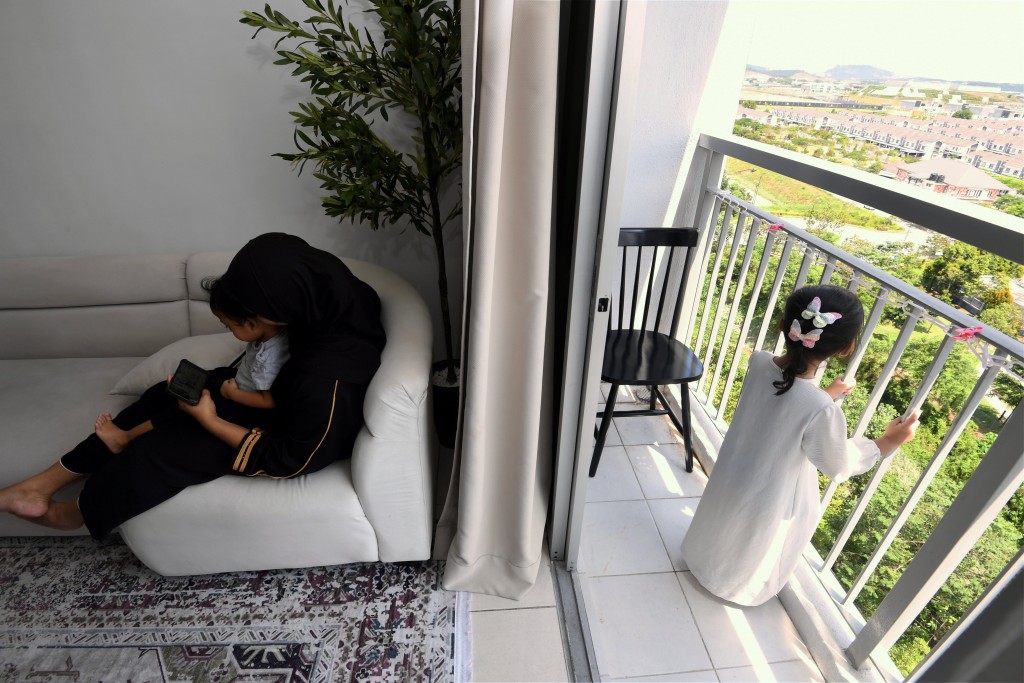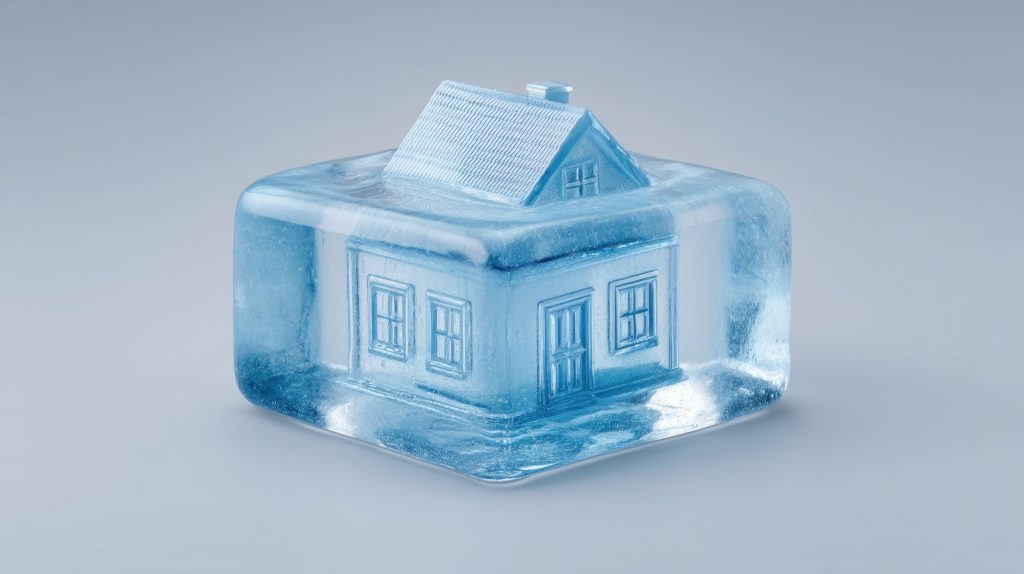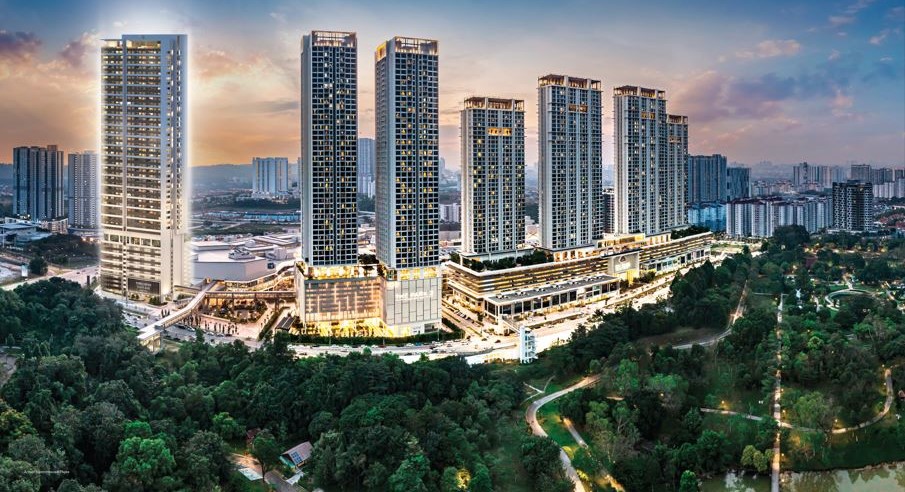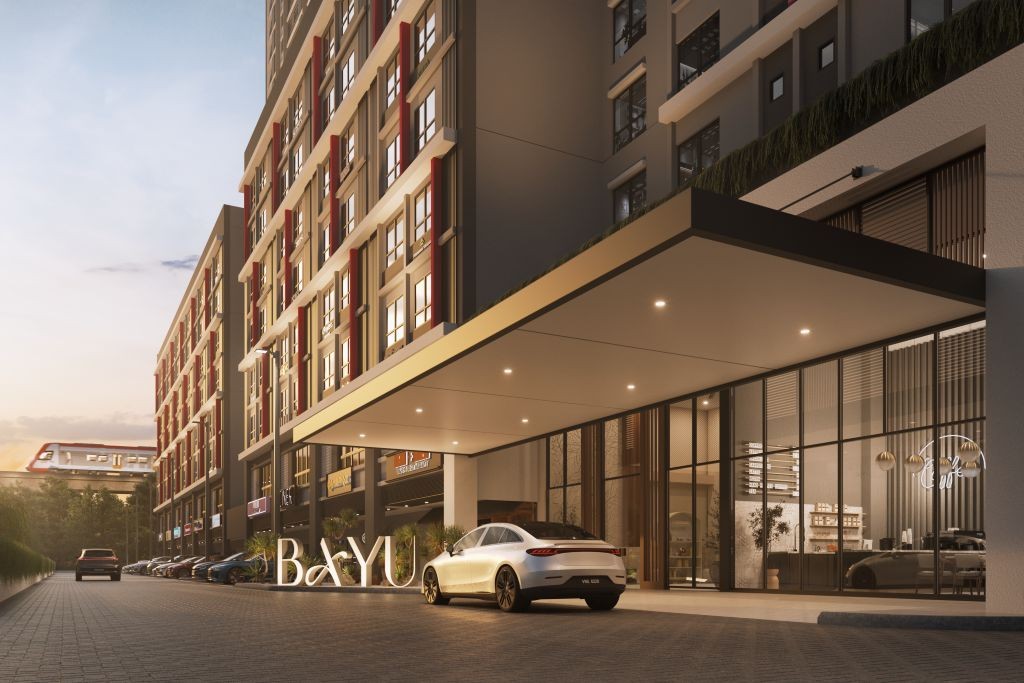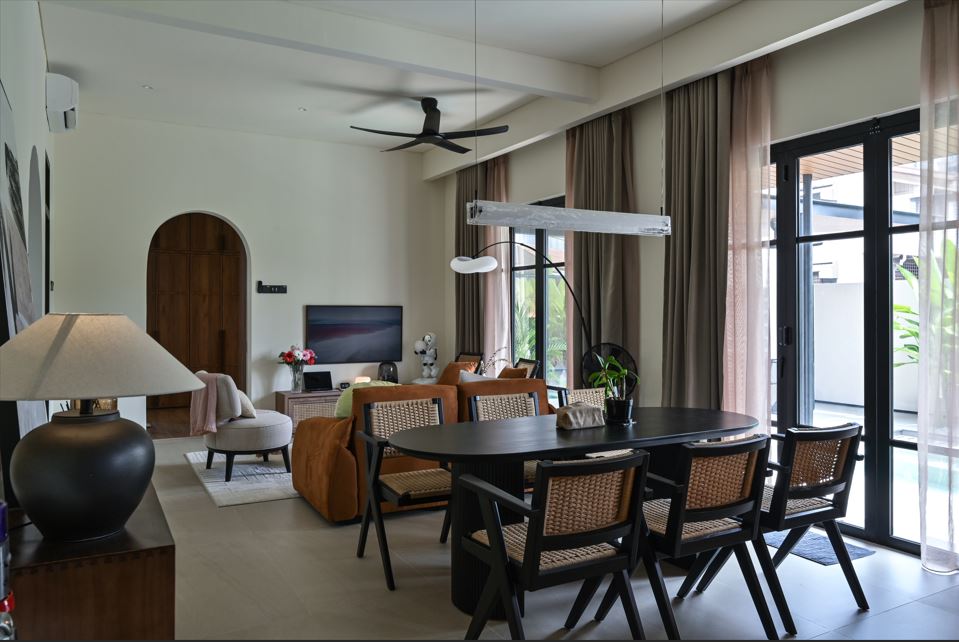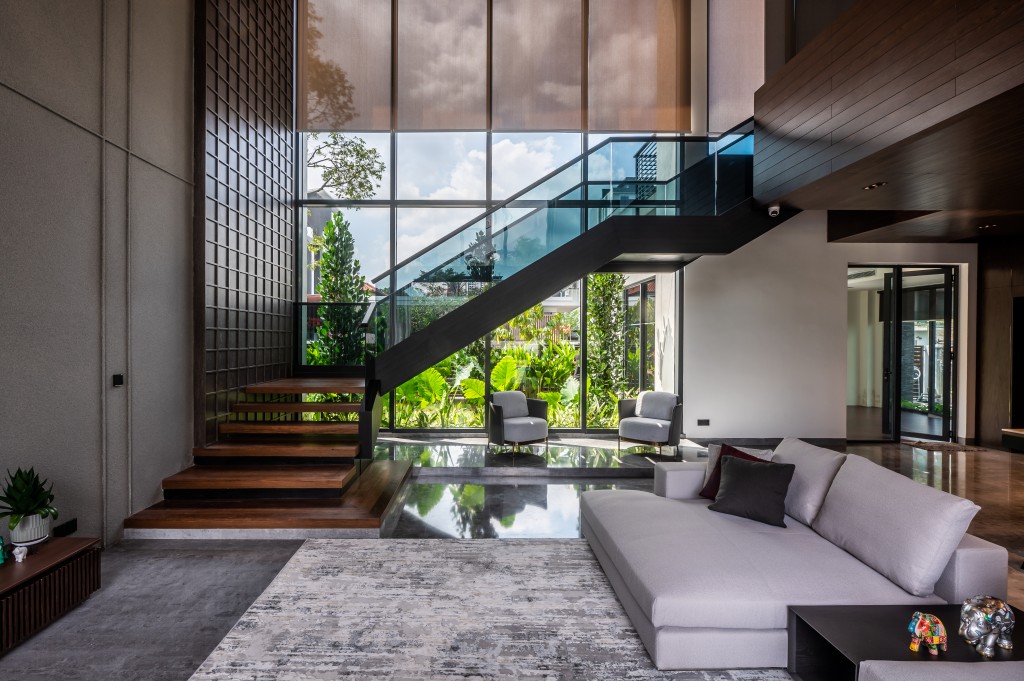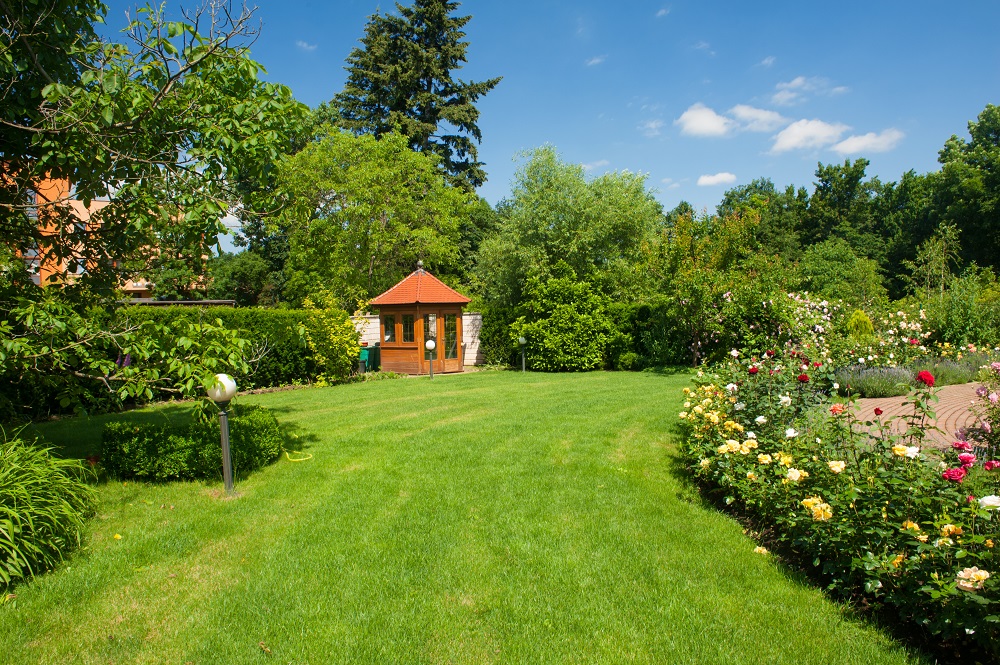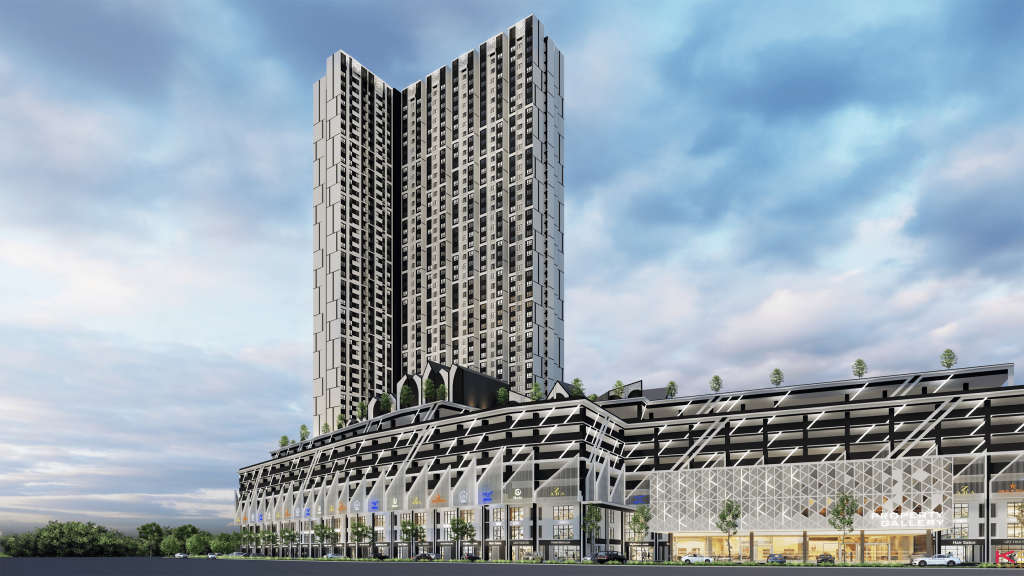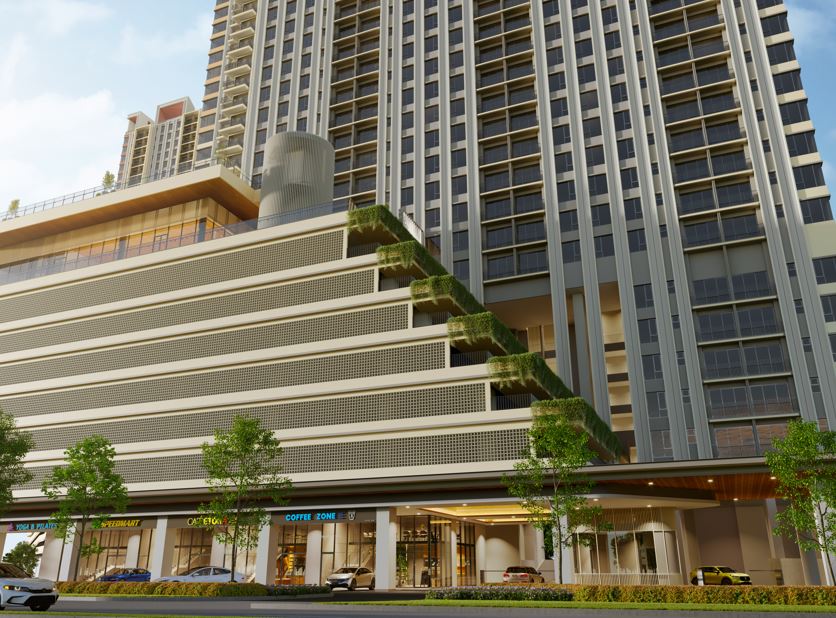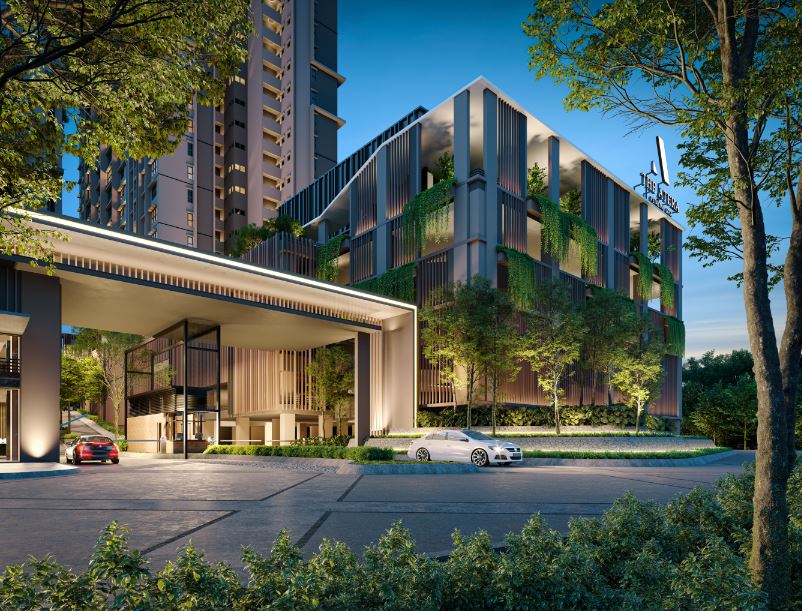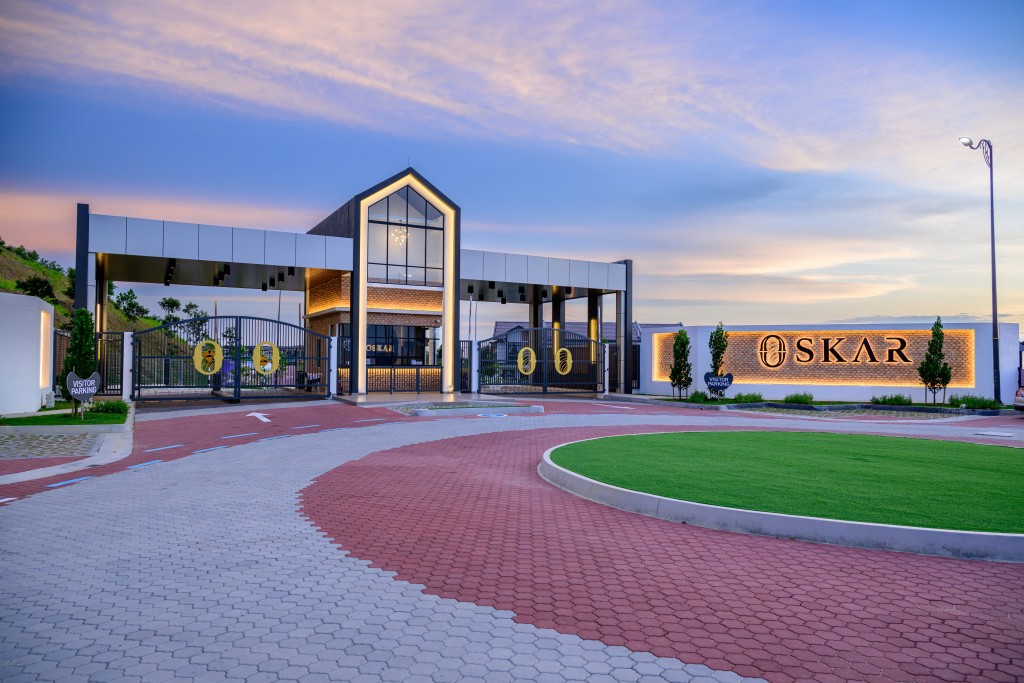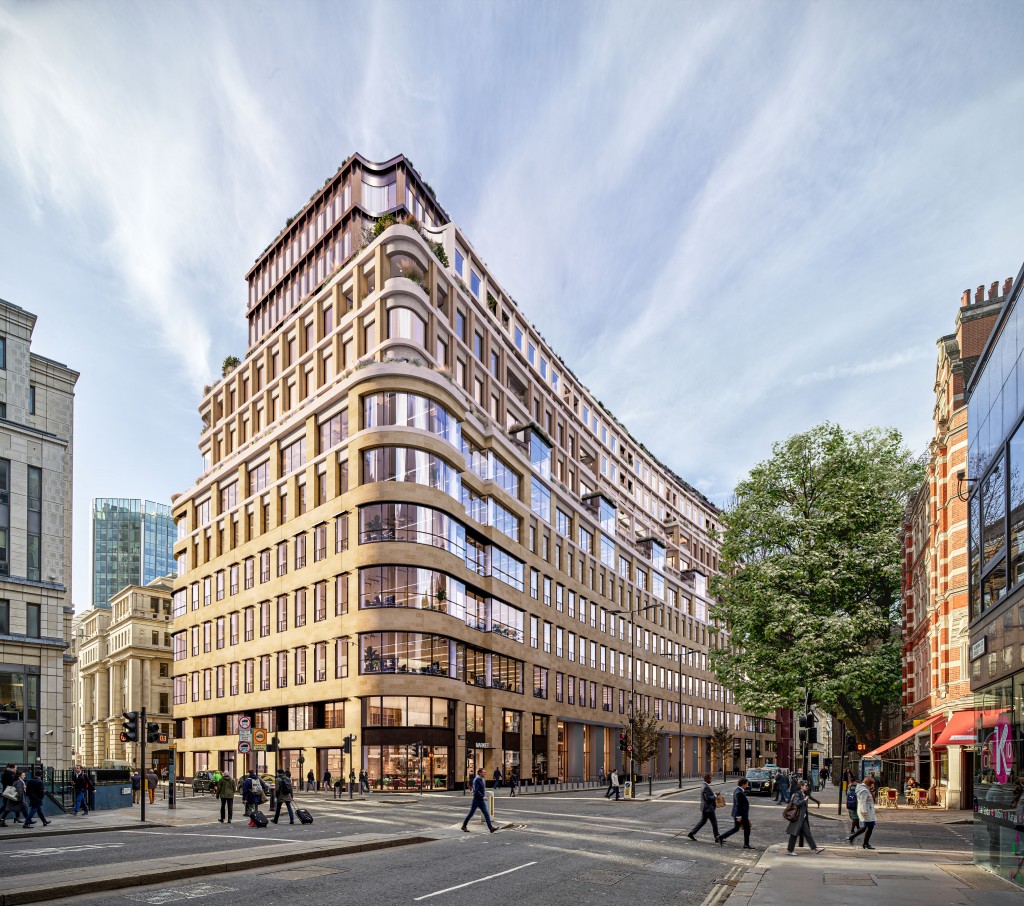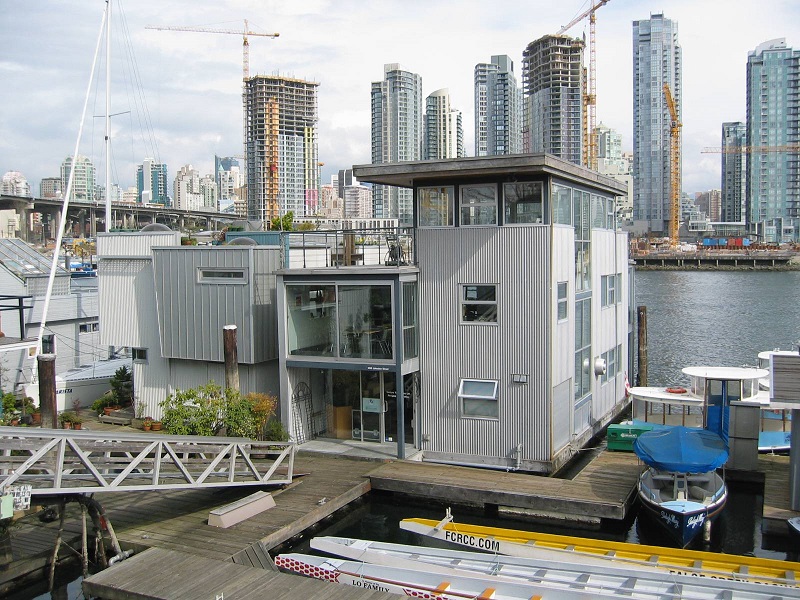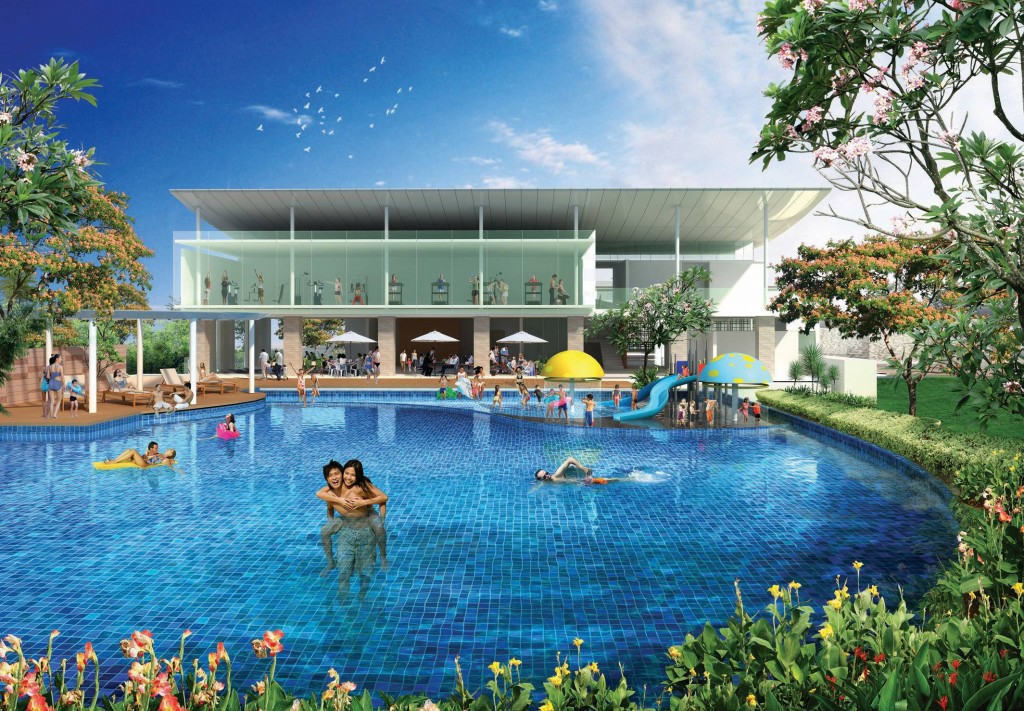Malaysian high-rise homes are generally quite safe but lately, there has been a growing issue surrounding balcony safety. Tragic news of children and adults falling from balconies has unfortunately become all too frequent and while the statistics could be attributed to human error, it is worthwhile to study the common denominator.
Are Malaysian balconies actually safe or poorly designed? For families, these outdoor spaces can be a source of joy, a spot for morning coffee. However, balconies also pose significant safety risks, especially for young children. The rise of urban living has led to the construction of countless high-rise buildings, each adorned with balconies that offer a glimpse of the world below. However, the race to acquire land parcels and build the latest buildings could inevitably lead to neglect of certain features.
Systemic failure
A recent article in The Star highlighted several high-rise tragedies that, according to the Children’s Commissioner, point to a systemic failure in ensuring child safety. A closer look at safety measures in high-rise residential areas reveals significant gaps that need urgent attention. The article describes how a series of tragic incidents could be traced back to a systemic failure to prioritise the safety of children in environments where they should feel secure, like at home. This failure primarily points to inadequate safety measures, a lack of public awareness and insufficient enforcement of existing safety regulations.
One of the key problems is the inadequacy of current legislation and regulations. For example, the Uniform Building By-Laws 1984 (UBBL) states that balcony railings of residential high-rise buildings cannot be less than 1.0m, yet it does not require important child safety features like window grilles, restrictors for openable windows or specific barriers meant to safeguard children. Additionally, many building designs seem to emphasise aesthetics over child safety, creating dangerous environments for young residents.
The lack of mandatory child-safety design standards in the construction of high-rise residential buildings means that the safety of children is frequently overlooked during the design and development stages. Additionally, local authorities do not conduct inspections regarding compliance, particularly for rental properties, which results in a lack of regular checks on adherence to child safety standards.
The article also highlights a significant gap in public awareness and education regarding safety in high-rise living environments. Many parents, caregivers and community members are not well-informed about the specific dangers that can arise in these settings, nor are they aware of the measures that can be taken to mitigate these risks.
Recent tragic incidents further show the urgent need for change. One unfortunate case involved a seven-year-old girl who fell from the 29th floor of a condominium in Puchong, on May 21, 2025, due to the absence of safety grilles. Similarly, on May 17, 2025, a two-year-old boy fell to his death from the seventh floor of an apartment in Precinct 9, Putrajaya. A four-year-old boy also lost his life after falling from a 30th-floor balcony in Bukit Jalil on June 5, 2025. Other past incidents include three children aged four, five and 11 falling from various high-rise floors across different locations. These recurring tragedies are not isolated events. They represent preventable deaths that highlight significant failures in implementing critical safety measures needed to protect our children.
The right balance
Designing safe balconies requires a balance between aesthetics and functionality. Architects and developers must prioritise the safety of the occupants, especially children. An appropriate height can help keep curious little ones from climbing over but it should not be the only measure in place. Unfortunately, many newer low to mid-cost apartments today come with small balconies, basic railings, a mix between bars or all-around glass and a nice view into the opposite neighbour’s home.
Creating a barrier that is both safe and visually appealing will ensure that the beauty of the space does not compromise safety. That is why incorporating additional features such as horizontal bars and glass panels can further deter children from leaning too far over the edge or slipping through the railings. To ensure that these spaces are not just enjoyable but safe, there needs to be a well-thought-out combination of design and education.
The need for consistent enforcement
However, more than just well-designed balconies, ongoing communication between developers, local authorities and residents can make all the difference. While the Malaysian government has enacted more building codes aimed at improving safety, many older buildings may not adhere to these modern standards. Regular inspections should be conducted, with a focus on safety features in existing high-rises. By making it a community priority to ensure that these buildings meet current guidelines, residents can feel safer in their homes, knowing that precautions have been thoroughly considered.
Education plays a crucial role in balcony safety as well. Many accidents stem from a lack of awareness about potential dangers. Parents and caregivers should be informed about basic safety practices, such as never allowing children to play near the balcony edge and always supervising them whenever they are playing outside. Schools and neighbourhood organisations can create workshops or community events to discuss balcony safety, where families can learn about practical, everyday measures that can minimise risks. Even simple steps, such as securing small items that children could use to climb like blocks or toys, can make a big difference.
Another key safety consideration is the installation of childproof locks and safety devices. Many balconies have doors leading to the outdoor area, but these doors often lack effective locking mechanisms. By adding locks that are out of reach of curious hands, parents can feel safer letting their child roam about the living room. Furthermore, using furniture, such as potted plants or outdoor seating, can create an extra barrier that redirects children from the edge. While adult supervision is always a must, these added layers of security can provide peace of mind. So go ahead, place a cactus there.
Neighbours and technology
Community involvement is an invaluable asset when it comes to safety. It may not be all that common but residents in high-rise buildings do sometimes come together to form watch groups, where they share concerns and suggestions for improving safety. Social media platforms can be used to study safety tips, raise awareness about potential hazards and get folks talking about the importance of balcony safety.
Finally, the government and its agencies have a key role in ensuring the ongoing safety of high-rise balconies. Regular safety assessments should be conducted to evaluate the structural integrity and safety features of balconies in residential complexes. Building managements need to adhere to maintenance guidelines and make necessary repairs to prevent hazards.
Making high-rise balconies in Malaysia safer for children is a collaborative effort that unites developers, lawmakers, parents and communities. Another article by The Star interviewed some parents and listed ideas on how to keep children from straying into dangerous zones in homes. These include mandating developers to ensure their projects are inherently child-friendly with play zones within walking distance, having a minimum floor space for residents to have adequate living and play areas within their homes, enhancing recreational facilities for health and implementing innovative solutions like mobile toy libraries visiting various neighbourhoods.
This article was first published in Starbiz7.
Stay ahead of the crowd and enjoy fresh insights on real estate, property development and lifestyle trends when you subscribe to our newsletter and follow us on social media.

